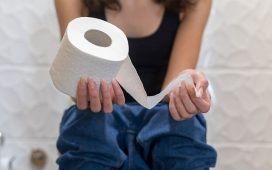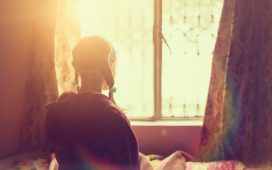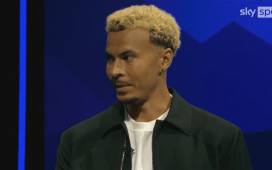BRITS classified as clinically extremely vulnerable no longer have to shield during the coronavirus crisis.
But with rising infections, and increasing local lockdowns, there are fears that the extra precaution might be re-introduced.
⚠️ Read our coronavirus live blog for the latest news & updates
What is shielding?
“Shielding” aims to save lives by asking the most vulnerable to avoid all contact, minimising the risk of catching coronavirus.
Those asked to take part in shielding during the height of the Covid-19 pandemic were advised to stay at home at all times.
To protect the millions of people in this category, they were told it was especially important not to have any contact with someone with coronavirus symptoms, including a dry cough or a fever.
They were also warned against going to the shop, the park or to any public places.
Will shielding be re-introduced?
Vulnerable Brits could be told to isolate again amid fears coronavirus is spreading through care homes.
Those at risk of the deadly bug will be sent letters with advice telling them to stay inside if cases reach dangerous levels.
Up to 4.5million people will be identified through a new “risk model” based on underlying health conditions, age, sex and weight, The Telegraph reports.
Government officials had initially planned to roll out the shielding programme in virus hotspots.
However, a Whitehall source has confirmed far more people could be asked to stay at home.
The source said in September: “If the rate is so concerning across the whole of England, we are prepared to do it on a blanket basis.”
There has been a surge in virus cases as summer draws to a close, although Covid-19 deaths have so far remained low.
BBC health correspondent, Nick Triggle, said that with autumn and winter approaching, ministers will need to decide whether to again focus efforts on “protecting the vulnerable – that means protecting care homes and perhaps reintroducing shielding”.
Nightingale Hospitals could accept new patients to cope with rising infections, and medics have been told the measures will be needed from October 2.
The government says that if transmission of Covid-19 rises, “you could be advised to shield again.
“We will write to you if the advice changes.”
When was shielding paused?
The government paused shielding from August 1, saying “you do not need to shield at the moment.
“This is because the rates of transmission of coronavirus in the community have fallen significantly”.
This means “you can go outside… but you should still try to keep your overall social interactions low
“You will no longer receive free food parcels, medicine deliveries and basic care from the National Shielding Service.”
What are the current shielding rules
Those who were previously told to follow shielding advice can now return to work as long as the workplace is Covid-secure, but should carry on working from home wherever possible.
Clinically extremely vulnerable children should attend education settings in line with the wider guidance on reopening of schools, special schools and other specialist settings.
Those deemed as vulnerable as now able to go outside as much as they like but you should still try to keep overall social interactions low.
Visiting businesses, such as supermarkets, pubs and shops, while keeping 2 metres away from others wherever possible or 1 metre, is also now allowed.
Who is on the shielding list?
The list of people who were told they needed to be shielding includes:
- solid organ transplant recipients
- people with cancer who are having chemo
- people with lung cancer having radical radiotherapy
- people with blood cancers – leukaemia, lymphoma or myeloma – at any stage of treatment
- patients having immunotherapy or other antibody treatments for cancer
- those having targeted cancer treatments that affect the immune system – protein kinase inhibitors or PARP inhibitors for example
- people who’ve had bone marrow or stem cell transplants in the last six months or who are taking immunosuppression drugs
- people with severe respiratory conditions like cystic fibrosis, severe asthma and COPD
- people with rare diseases and inborn errors of the metabolism that increase the risk of infections – SCID or homozygous sickle cell for example
- people on immunosuppression therapies that increase the risk of infection
- women who are pregnant with significant heart disease, congenital or acquired
How can I practice ‘social distancing’ even if I’m not vulnerable?
Social distancing has been described as one of the most effective methods to tackle the outbreak of Covid-19.
Even for those not in the vulnerable group, it is very important to abide by social distancing rules to avoid catching the virus or unknowingly spreading it.
To help reduce the transmission of the bug:
- Avoid contact with someone who is displaying symptoms of coronavirus (Covid-19). These symptoms include high temperature and/or new and continuous cough
- Avoid non-essential use of public transport when possible
- Work from home, where possible. Your employer should support you to do this.
- Stick to the Rule of Six.
- Avoid gatherings with friends and family. Keep in touch using remote technology such as phone, internet, and social media.
- Use telephone or online services to contact your GP or other essential services.

























